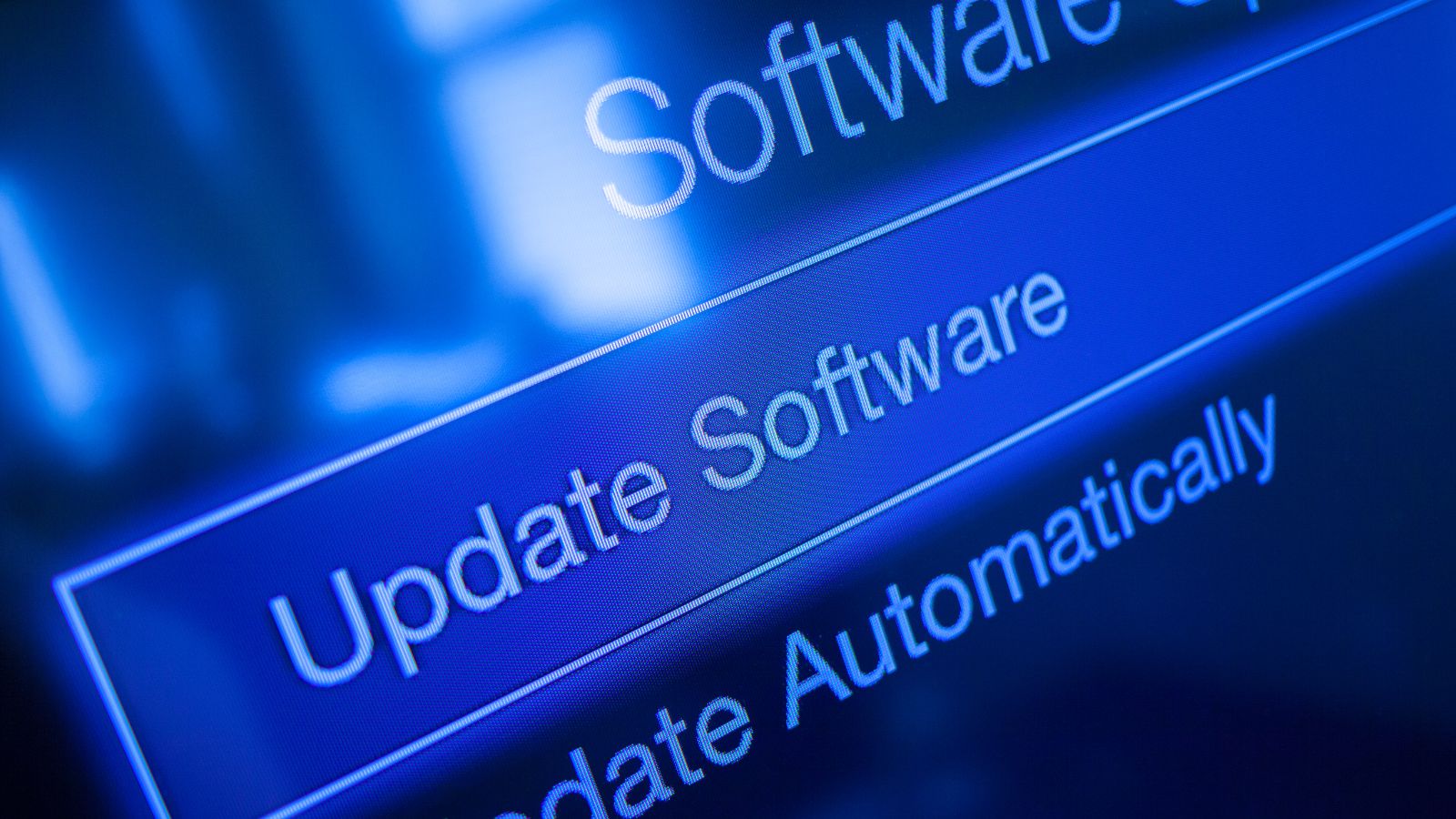1.5 System Software
Learn about the backbone of your computer and its utilities.
Overview
System software includes the operating system and utility programs, which manage hardware, run applications, maintain performance, and handle security tasks.
Detailed Content
Operating Systems
- Manages hardware and software resources.
- Handles process, memory, and file management.
- Provides user interfaces (e.g., GUI, CLI).
Utility Software
- Optimizes system performance (e.g., disk defragmenters).
- Protects systems with antivirus or anti-malware tools.
- Facilitates backups and file compression.
Device Drivers
- Enable communication between hardware and the OS.
- Examples: Printer drivers, network adapter drivers.
- Crucial for hardware functionality.
Virtual Machines
- Emulate complete computer systems.
- Run multiple OS on a single machine.
- Useful for testing and secure environments.
System Updates & Patches
- Address security vulnerabilities.
- Add new features or improvements.
- Fix bugs to enhance stability.
Diagram

Figure: Breakdown of system software components.
Interactive Card Sort
Match the terms to their descriptions!
Exam Prep Quiz
1. What is an operating system? [2]
An operating system is core software that manages hardware, applications, files, security, and user interfaces on a computer.
2. Describe the role of utility software. [3]
Utility software optimizes performance, protects systems (e.g., antivirus), and supports tasks like backups and disk management.
3. Why are device drivers important? [3]
Drivers translate OS instructions for hardware components, ensuring the OS can manage and utilize devices correctly.
4. What is a virtual machine used for? [2]
A virtual machine emulates a full computer system, enabling multiple OS on one machine for testing, security, or development purposes.